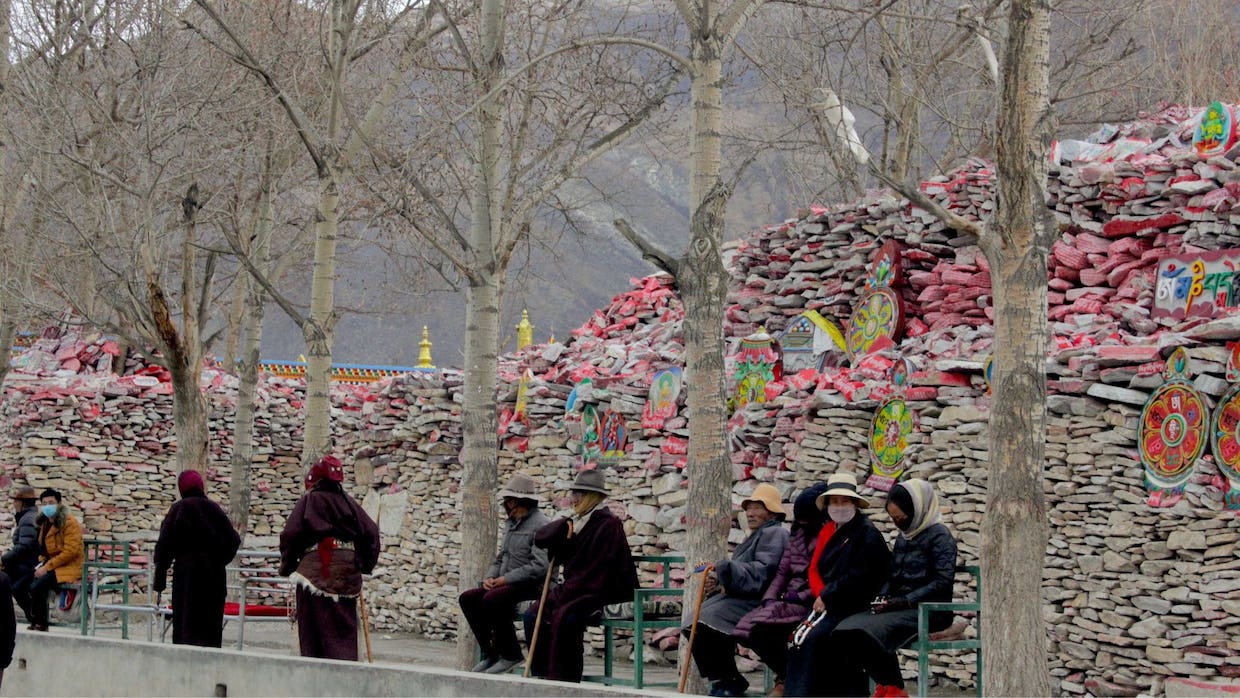+86-15889090408
[email protected]
Tibetan Buddhist mantras such as the Avalokiteshvara mantra, Guru Padmasambhava mantra, and other Tibetan texts are engraved on Mani stones. It is one of the oldest professions in the Tibetan community as a stone craftsman. They craved those stones with holy Tibetan Buddhist mantras, and scripts and intentionally placed them along the river banks, on high hills, and near the monasteries. They also placed them together to form walls as an offering to the spirits of the place.

There are so many primordial rock paintings found in the populated valleys of Tibet. These are the works of Tibetan ancestors and are the first batch of artworks found in Tibet. Tibet’s carving art falls into many categories such as stone carving, bone carving, clay carving, metal carving, and wood carving. Among them, the most famous carving is stone carving. The Mani stone carving has vast subject matters and rich contents with a distinct Tibetan identity.
The biggest Mani stone field in the world is located in Yushu in Qinghai Province. It is called Gyanak Mani and has around 2 million Mani stone plates arranged in rectangles. One of the oldest and largest in the world. Every year many pilgrims visit and get blessings from this holy site.
One can see so many Mani stones in the Tibetan area. Among the many mantras, the most famous is Om Mani Padme Hum. This is the mantra for the God of Compassion, also known as Chenrezig in Tibetan. It has a very deep meaning, but in short, it means Hail to the jewels in the lotus. The carving on the stones has been popular for centuries.
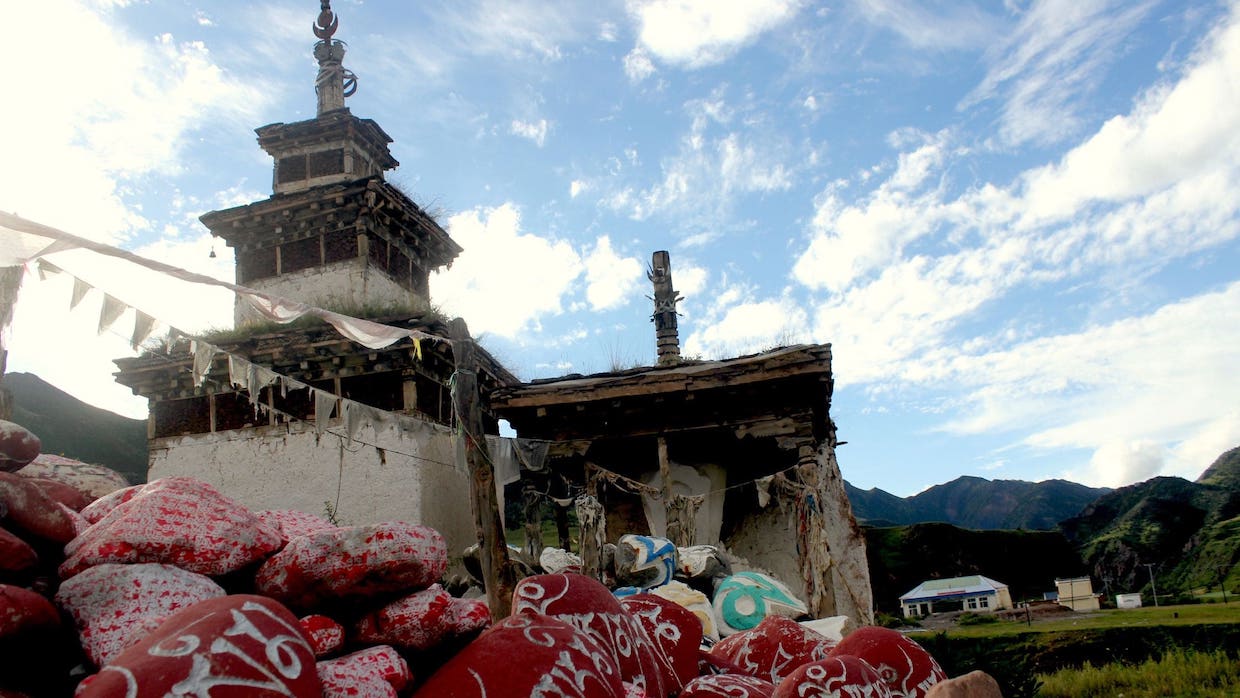
Stone carving in Tibet is entirely related to the Buddhist religion and those Mani stone piles play a significant part in this strong religious atmosphere. Every Tibetan populated area has a Mani stone field regardless of its size.
Tibetans walk around those Mani stone fields clockwise. It was requested by people who wanted Mani stones plates or rocks for their deceased loved ones. As a result, they believe that such offerings will release the soul from purgatory. The lamas and Rinpoche guided their followers on what mantras to craft and their amount.
Followers buy what his master orders. Stone carving differs significantly from place to place in Tibet according to demand, interest, and materials. Mani stone carvings in western Tibet have an elegant flavor, while those in eastern Tibet have an air of antiquity.
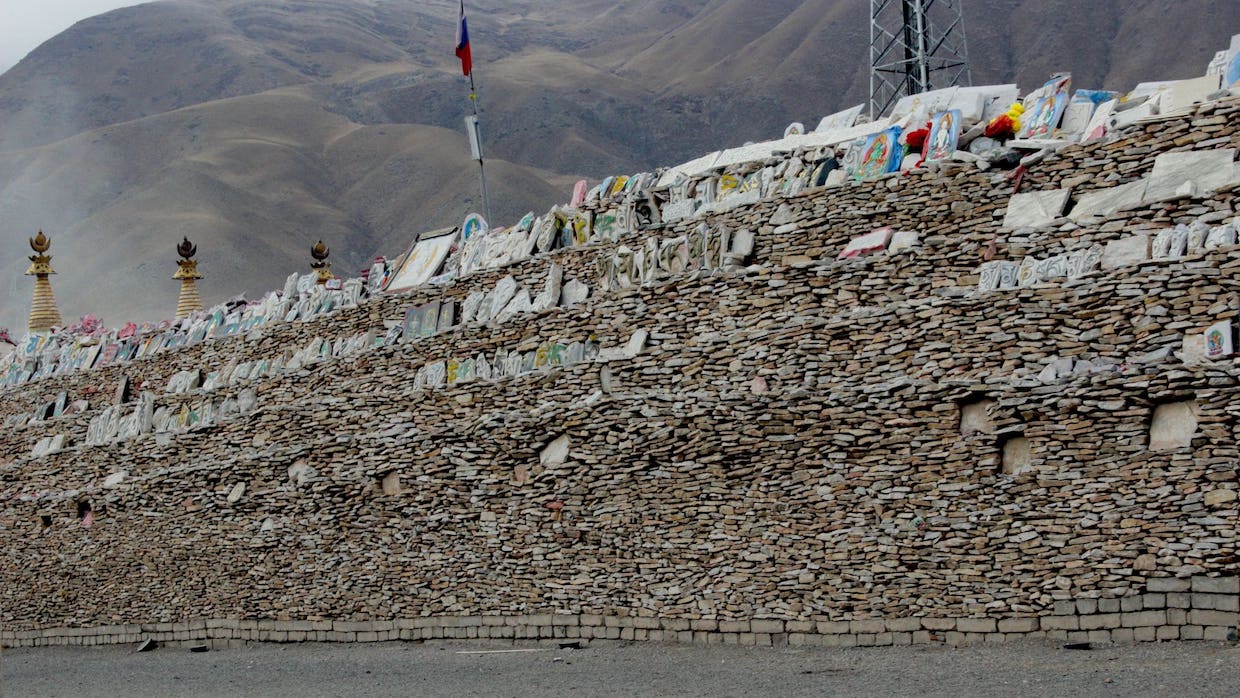
There are many methods of carving stones, as in the early centuries the tools were not that sophisticated hence they use sharp stones to craft on the softer stones by using a stone block as a hammer and some used an abrasive that removes unwanted areas for the stones. Later the development of iron made possible stone carving tools such as knives, chisels, and hammers.
Firstly, they choose harder rocks and design them properly like plates or blocks. Even though it is more difficult on the rocks, people work on it. According to the size of the stone, the craver decides which mantra should have been craved or the size of the text. Then draws the outline of the particular text of the mantra and starts carving on it using a chisel
In stone carving, chisels are used in several ways, including the mason’s stroke, which involves sweeping the surface around ninety degrees. It shatters the stone beneath it and each successive pass lowers the surface. To cut beneath the existing surface, the chisel is used around thirty degrees along the surface.
There are many other tools that the carver can choose from. The traditionalists might use hand tools only as the lettering chisel for incising small strokes to create letter details in large applications. Fishtail carving chisels are used to create pockets, and valleys and for intricate carving provide good visibility around the stones.
The masonry chisels are utilized for the general shaping of stones and the stone point tools are used to smoothen the surface of the stones. Stone claw tools are utilized to remove peaks and troughs left from previously employed tools. Stone nickers slit stones by tracing a line along the stone with progressive strikes until the stone breaks along the line.
Unlike wooden artifacts, stone is more durable, and carvings last longer. It was common practice to paint the craved texts with different colors, and occasionally gold and silver were added to the text after carving. For those huge rocks, there are many sophisticated tools such as drillers, diamond saws, and water erosion techniques today.
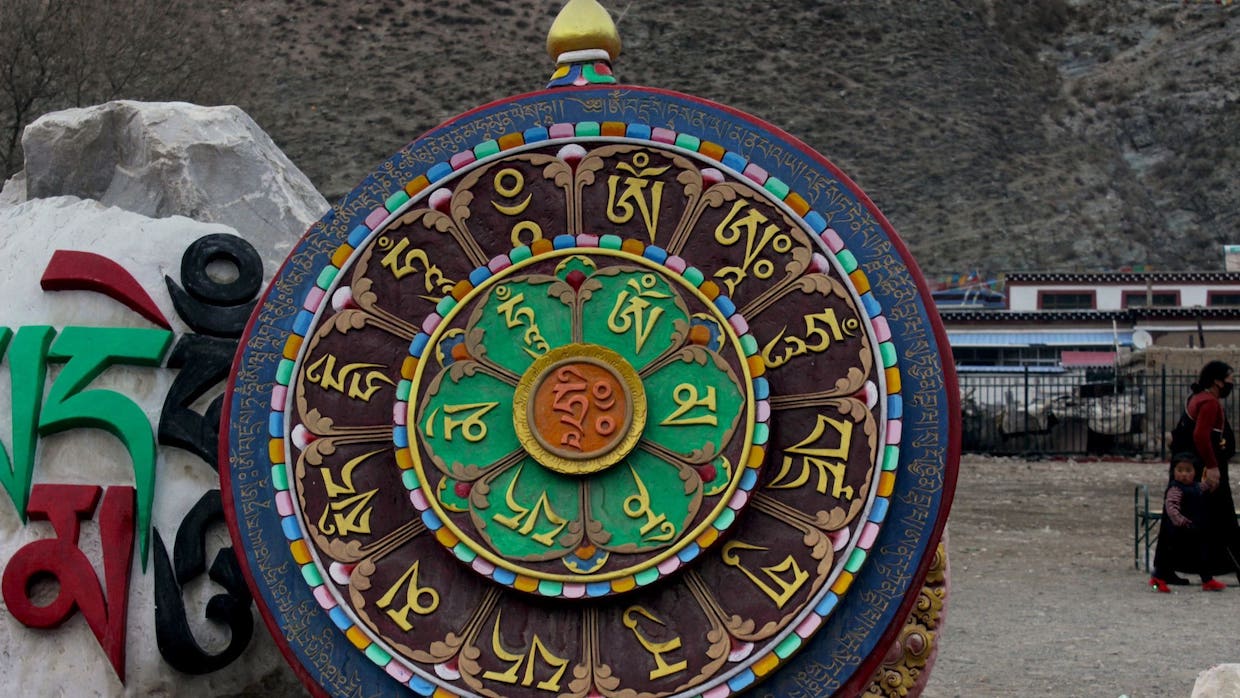
By attaching the chisel head to a drilling machine, the cravers used a drilling machine to drill the hole. These texts are much clearer and more precise, making them easier to paint on. Of course, these are time-saving tools.
Usually, primitive tools like chisel and hammer take a week to complete a twelve by eight inches rock plate. However, by drilling a machine, it takes a day to complete it. There are some places where people worship on the steep rocky mountain with different mantras and sometimes statues.
There is also stone sculpture in various status styles in temples. The statues might be as tall as five to six meters, while the smallest can fit into the human hand.
In addition to various Buddhist statues, subjects also include well-known historical figures, such as Songtsan Gampo and Princess Wencheng, gods and goddesses as well as pavilions, flowers, insects, fish, birds in flight and animals in motion, wind, clouds, the sun and the moon. These statues are sculpted using the same tools and procedures as Mani carvings.
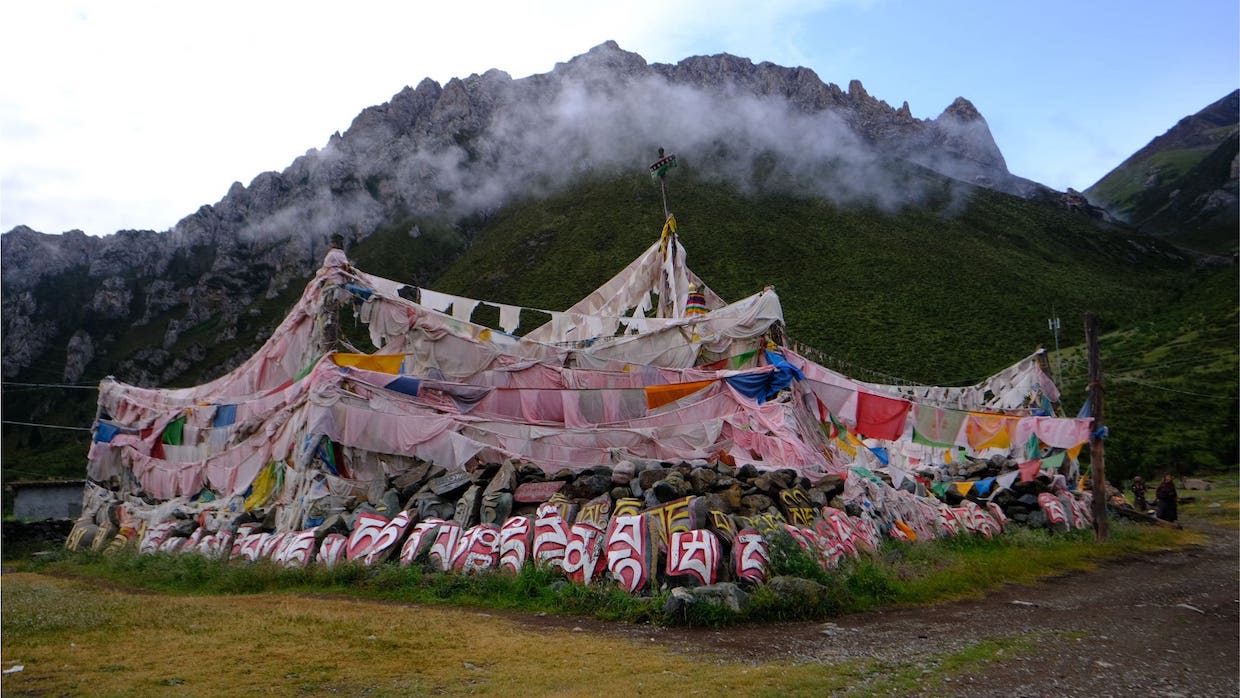
In conclusion, Mani stone carving is an ancient art form, and it has been practiced in Tibet for centuries. The art of Mani stone carving has been passed down through generations, and it is still practiced today. The art of Mani stone carving is a beautiful way to express devotion and faith in Buddhism, and it is a reminder of the unique culture and traditions of Tibet.
